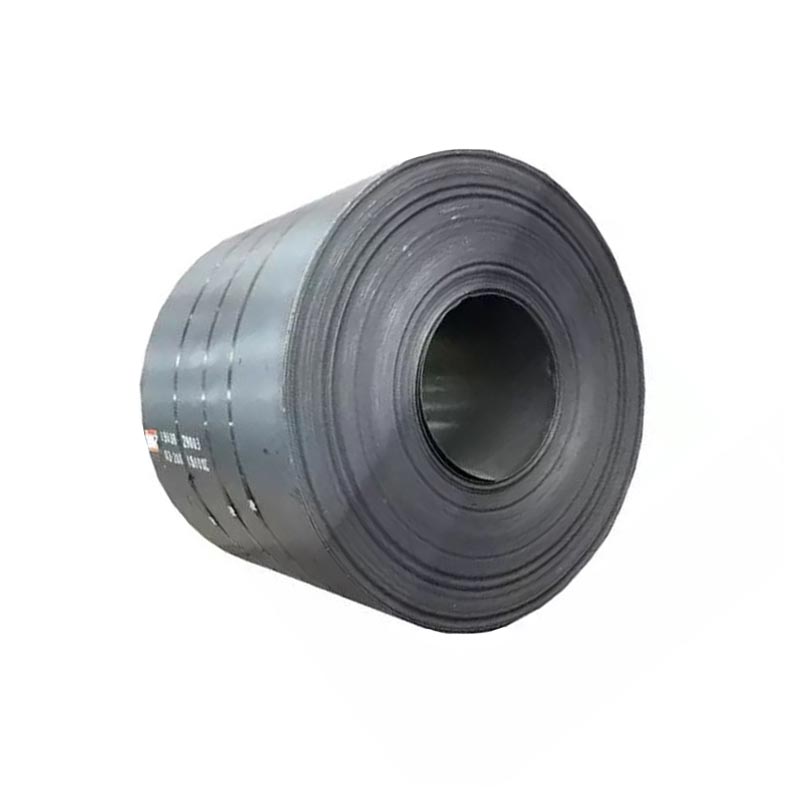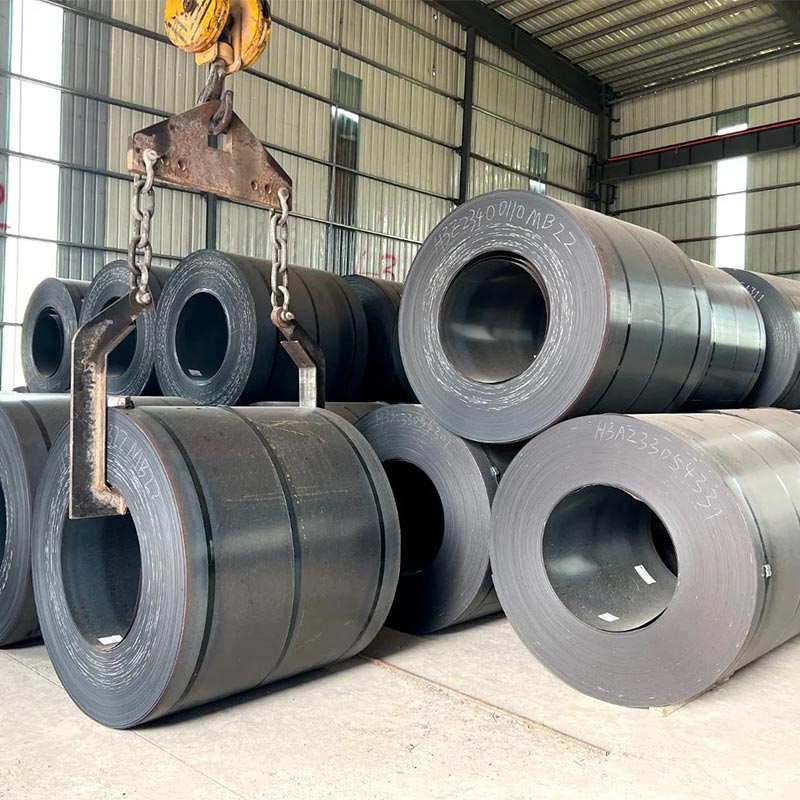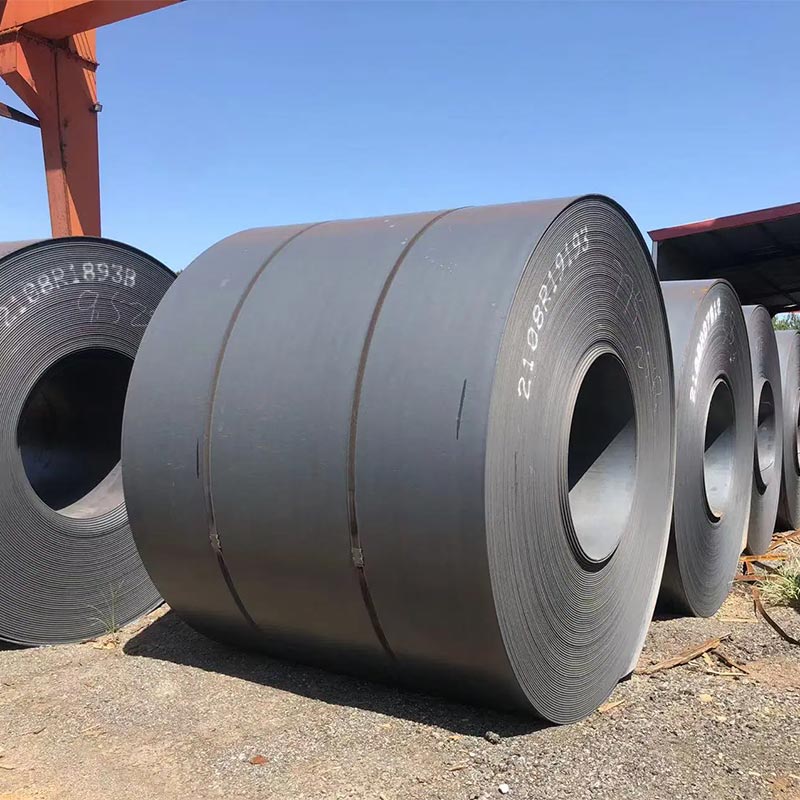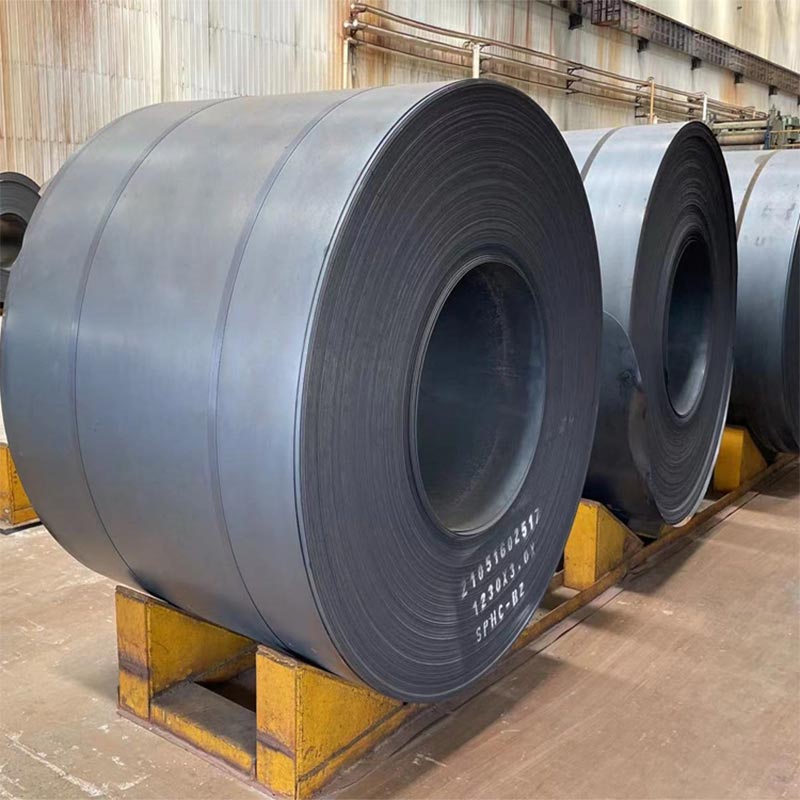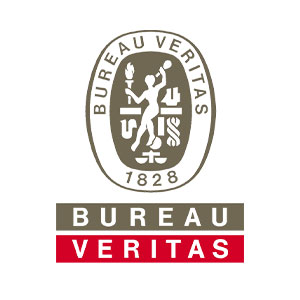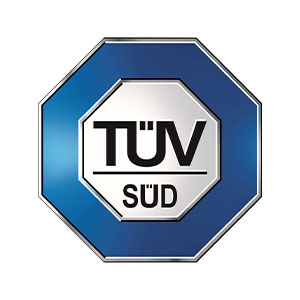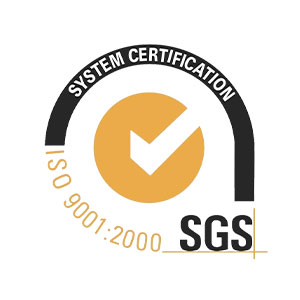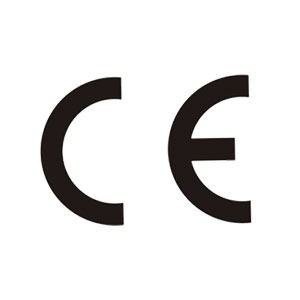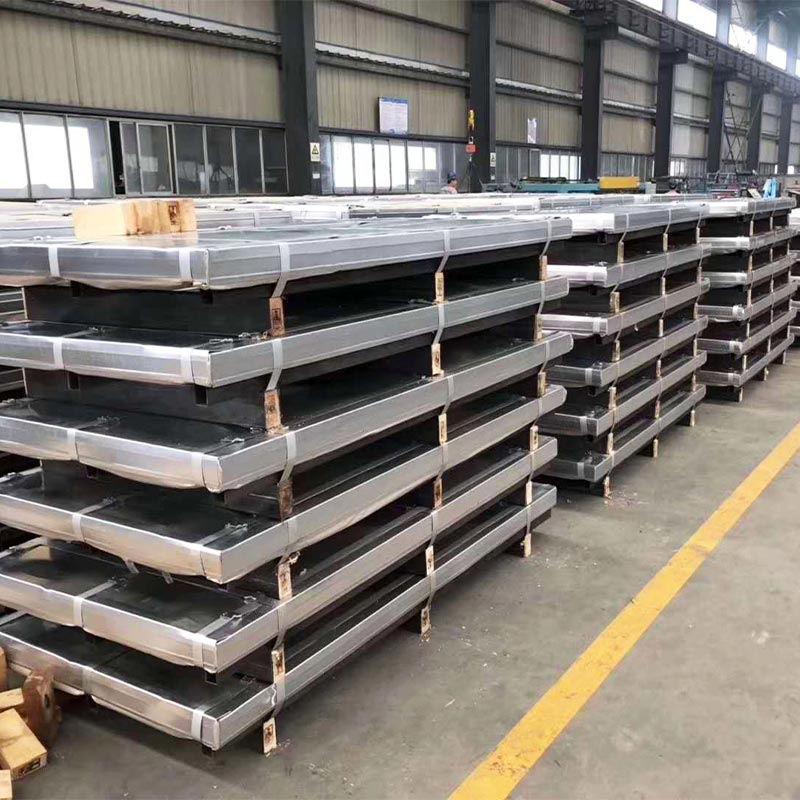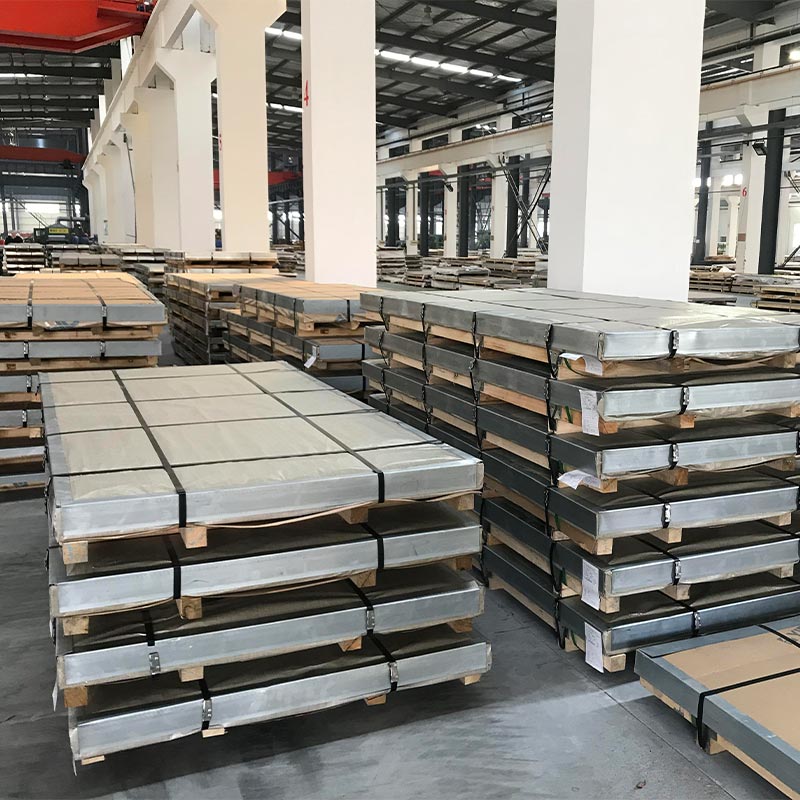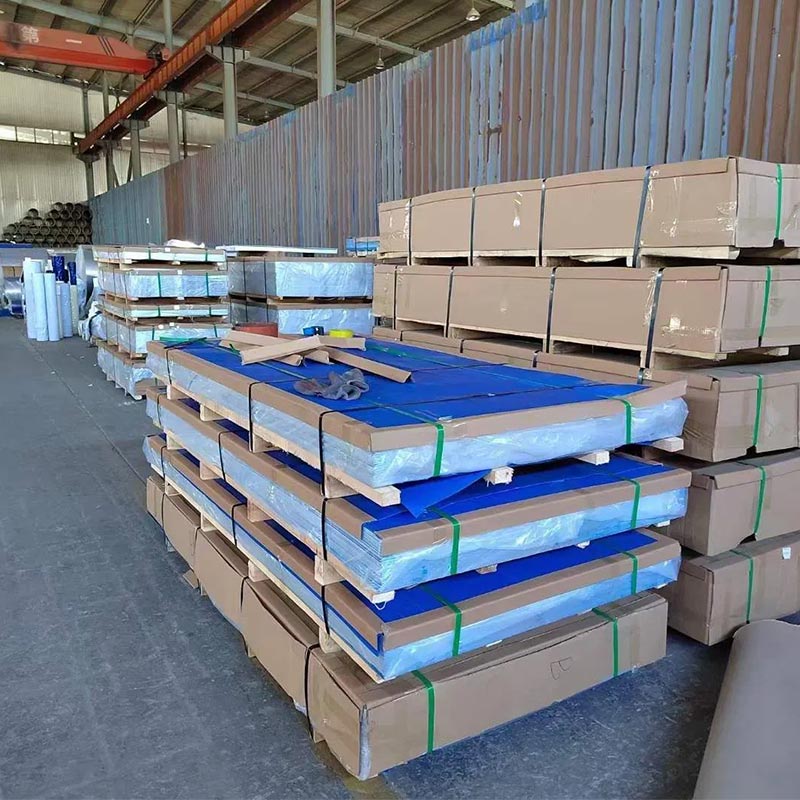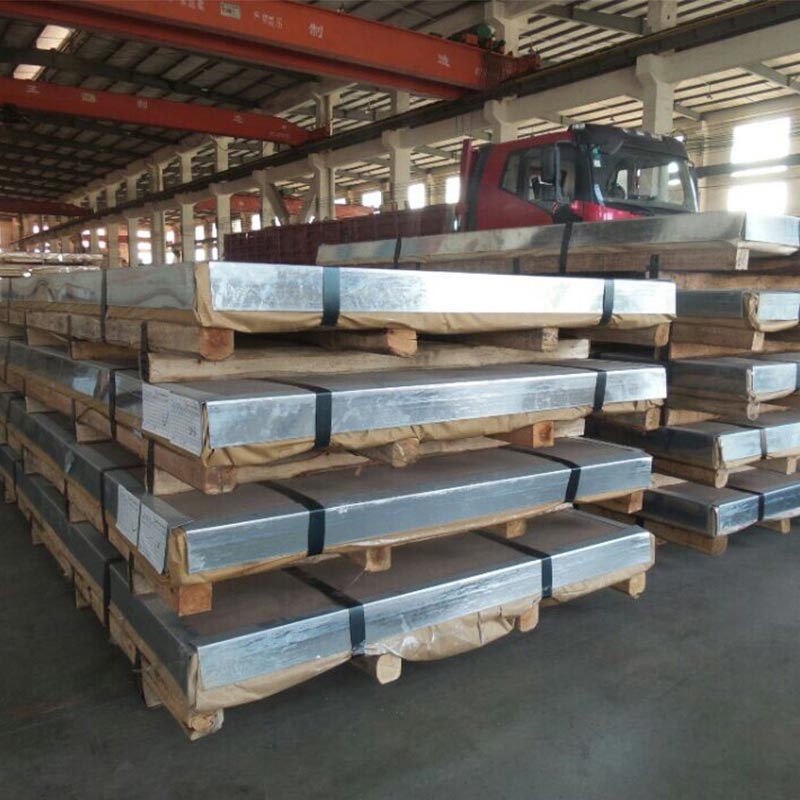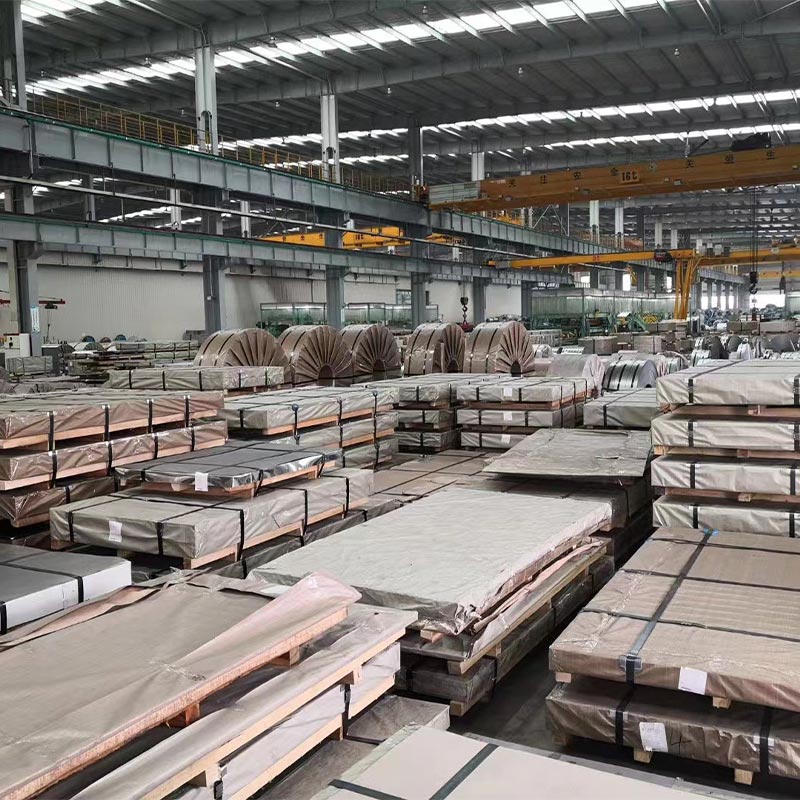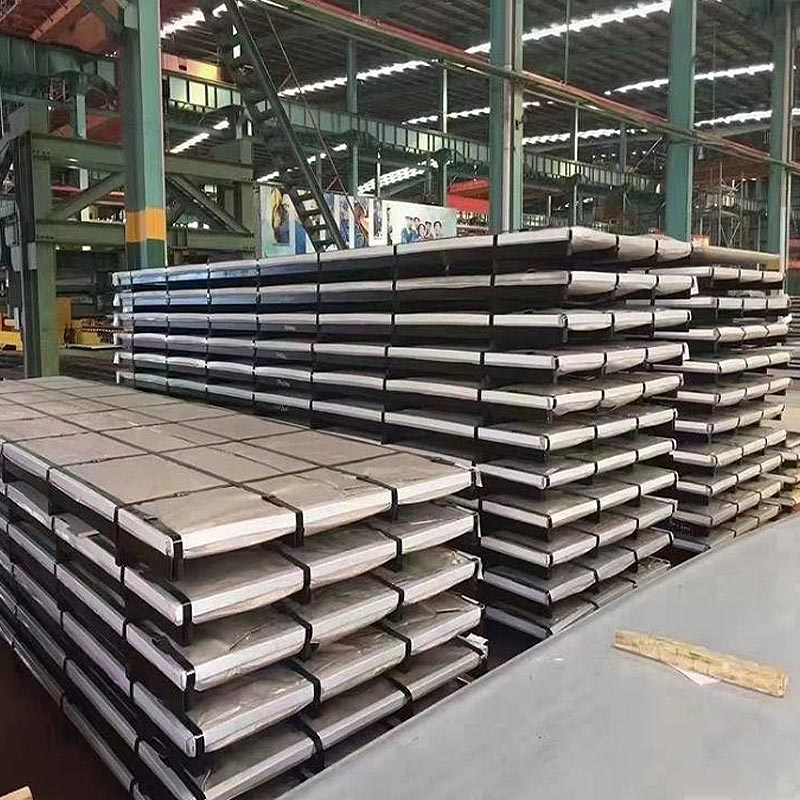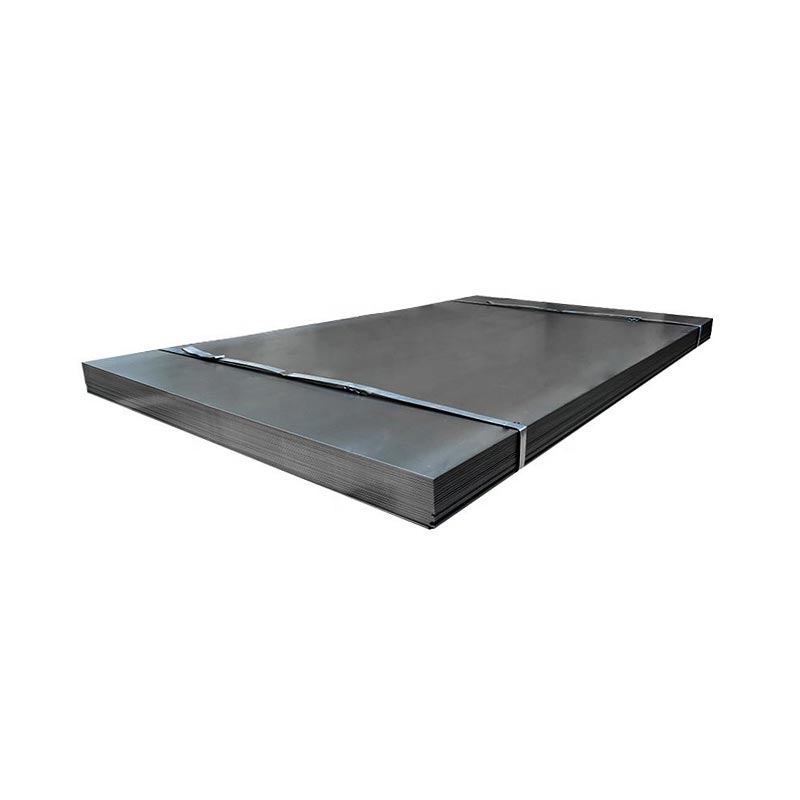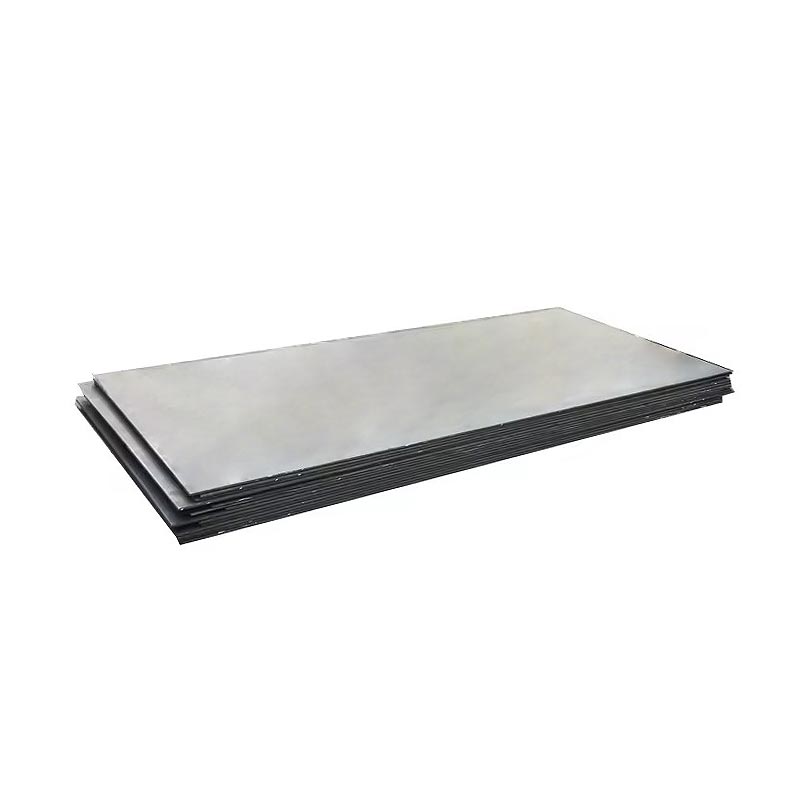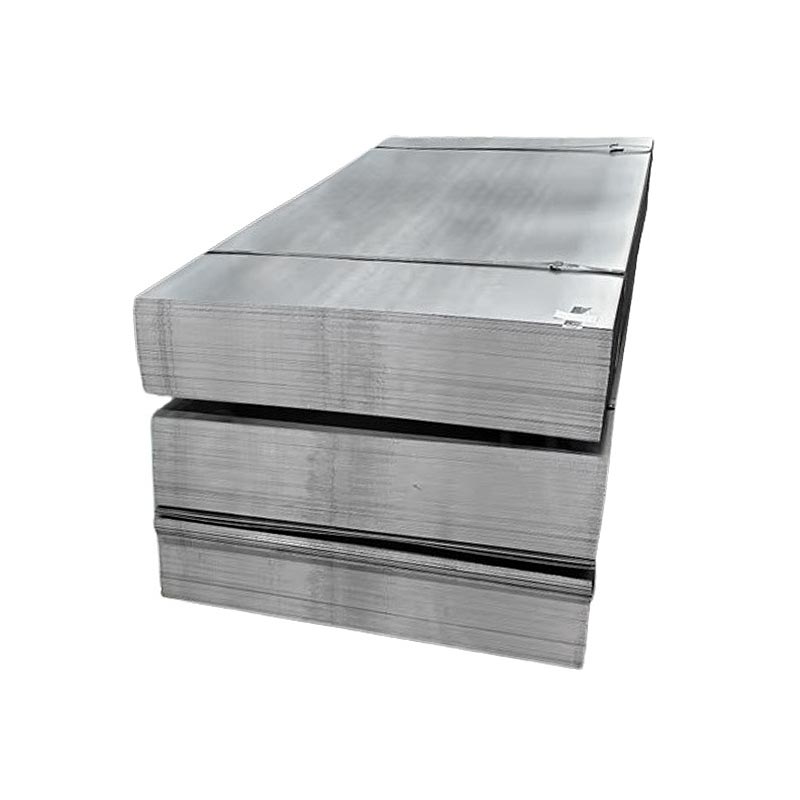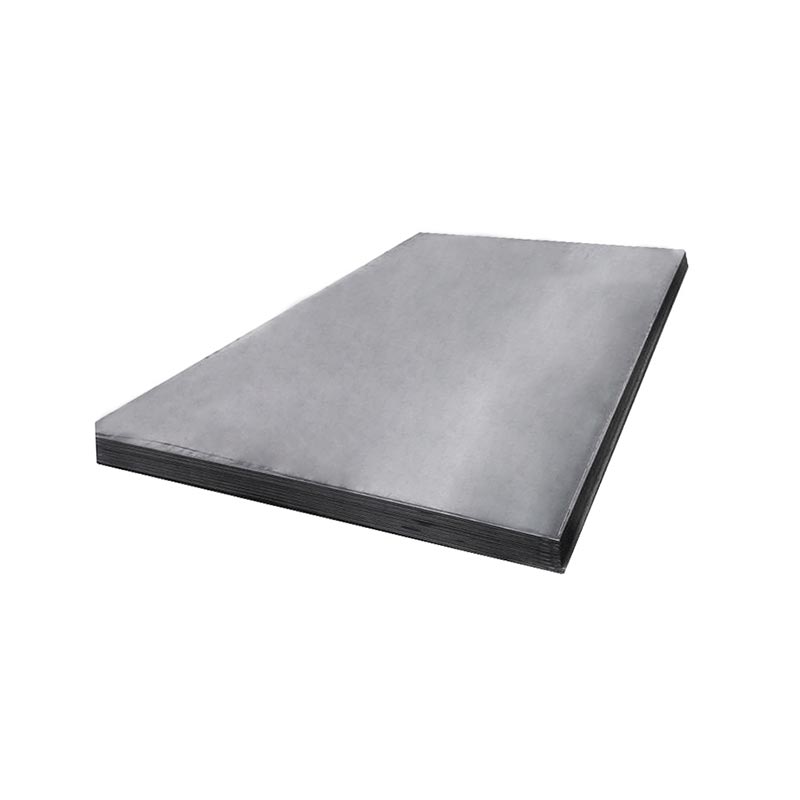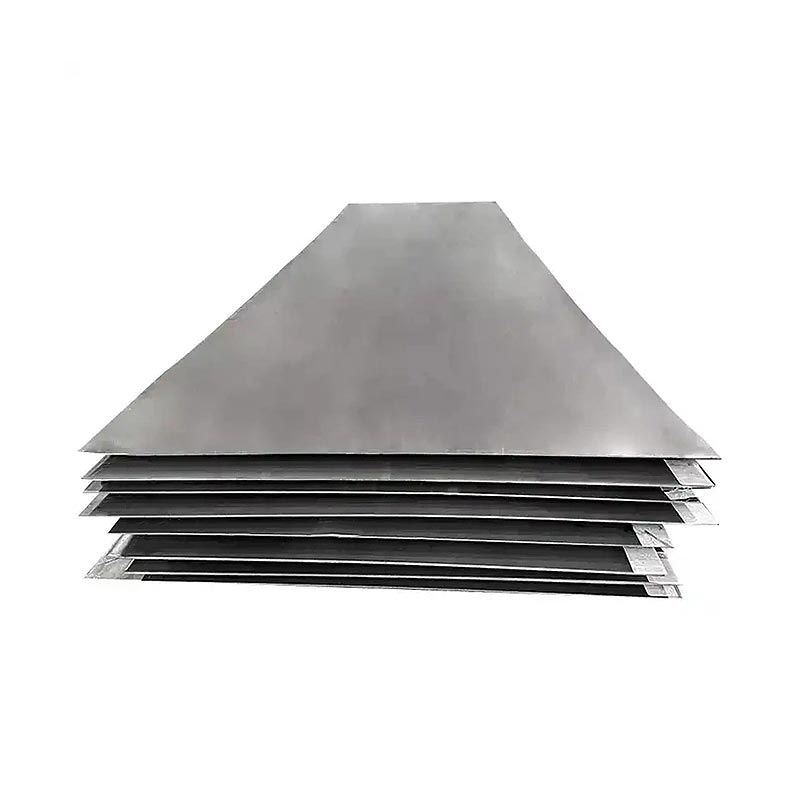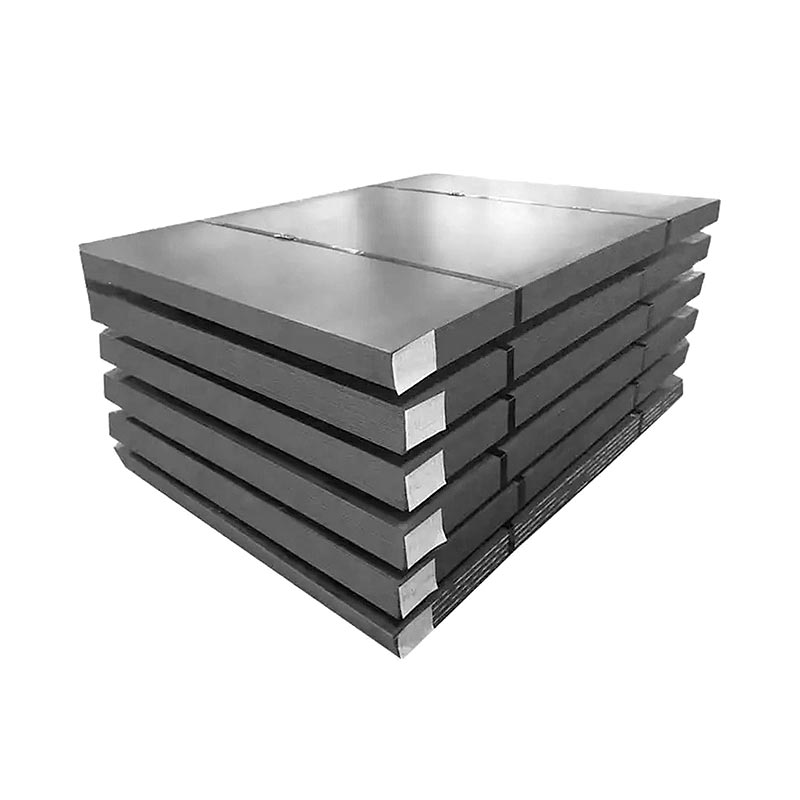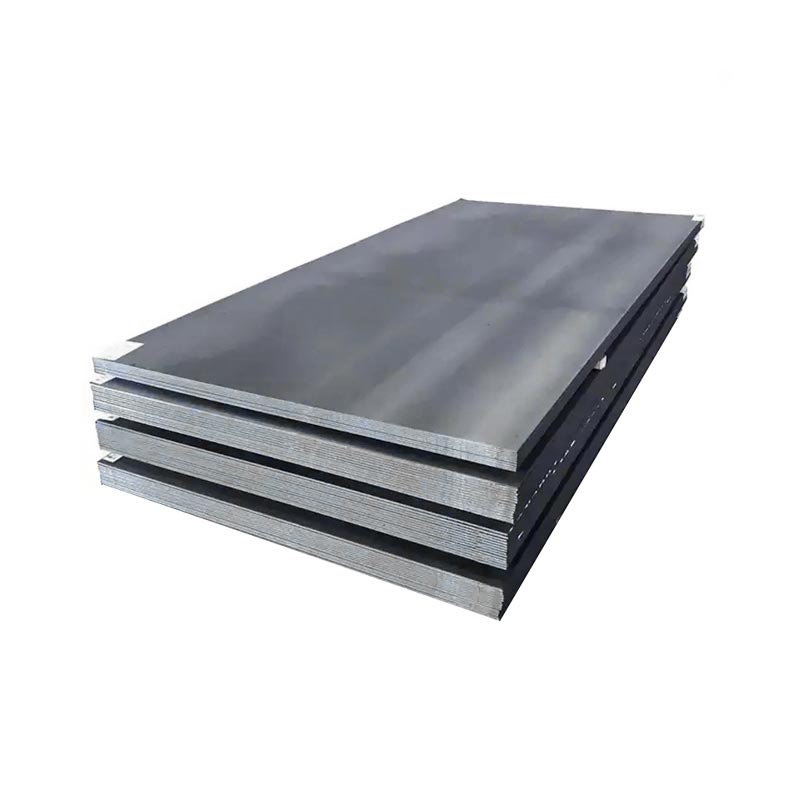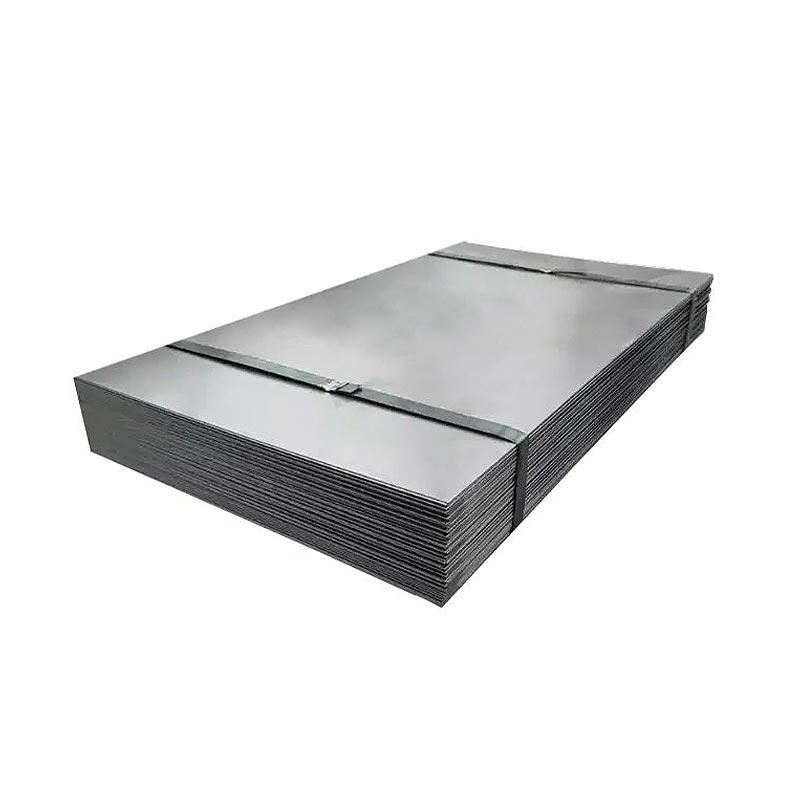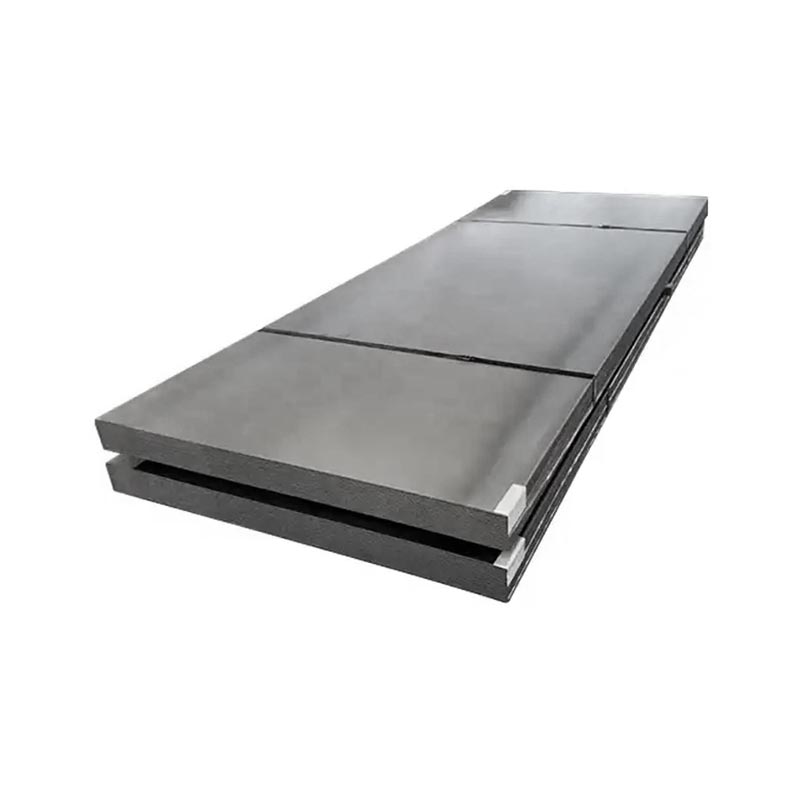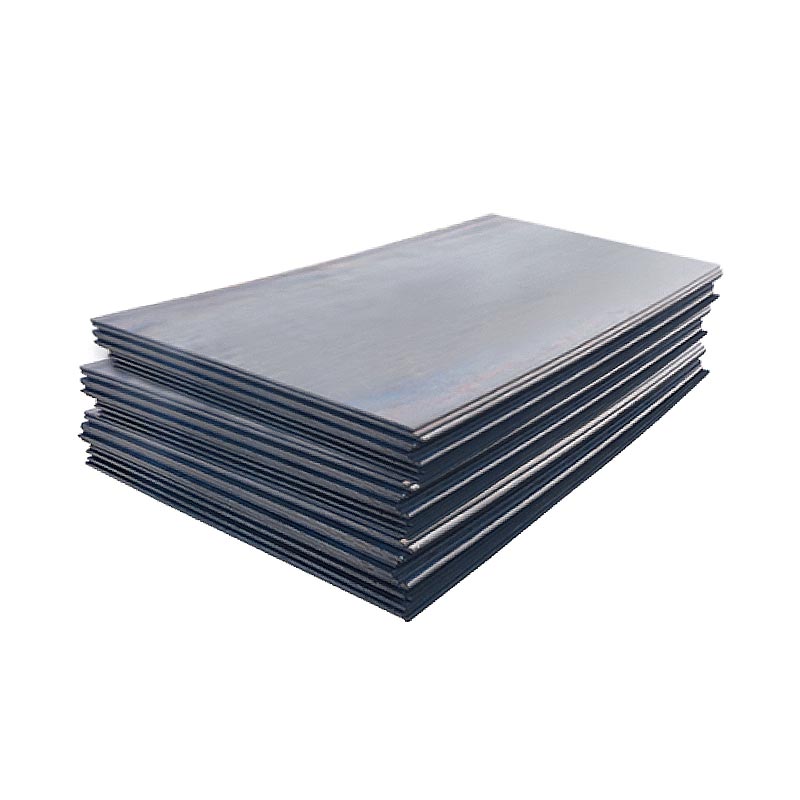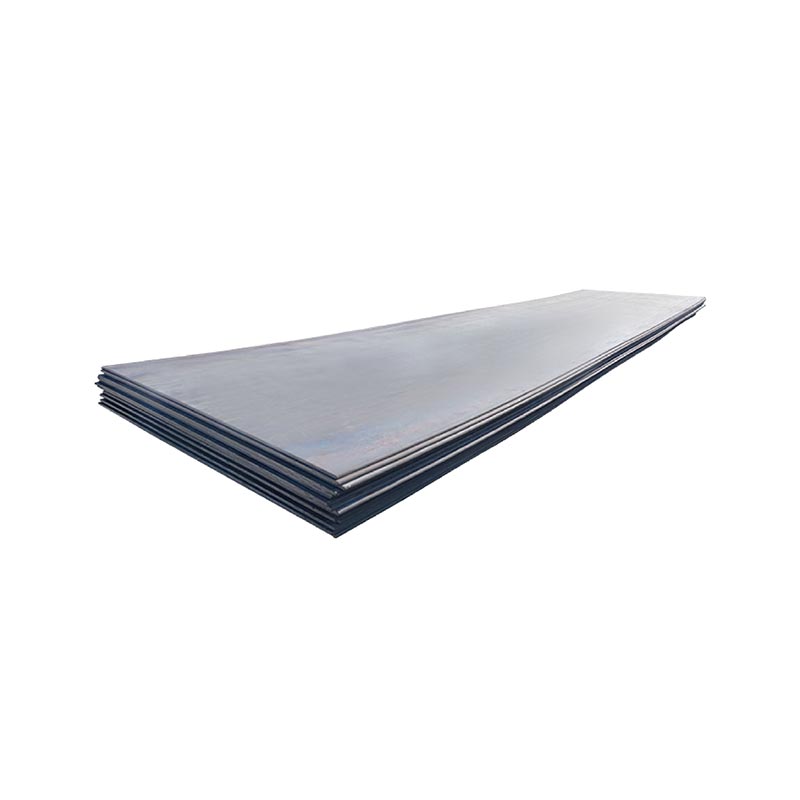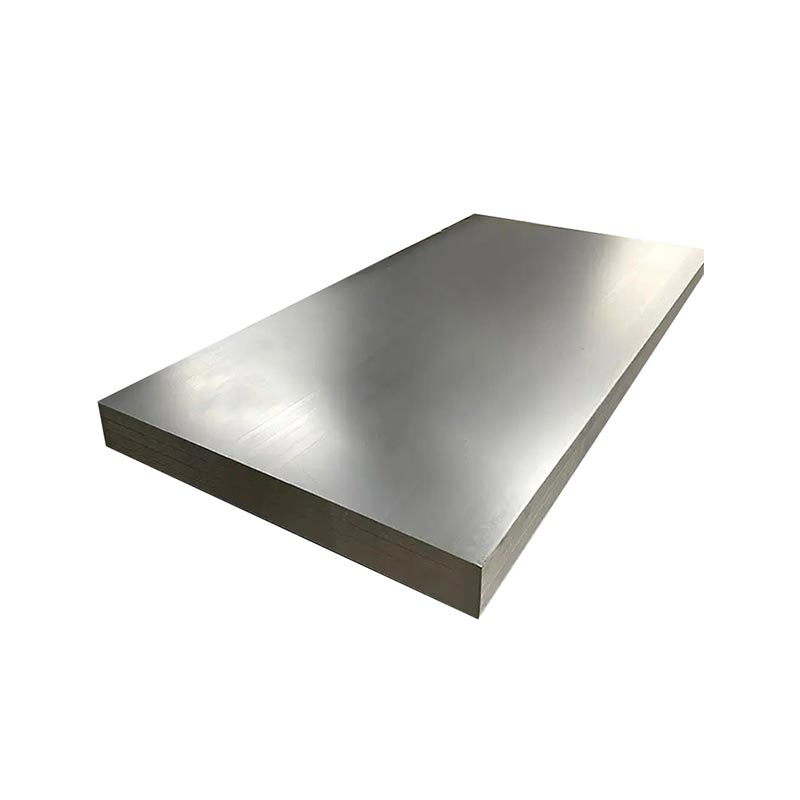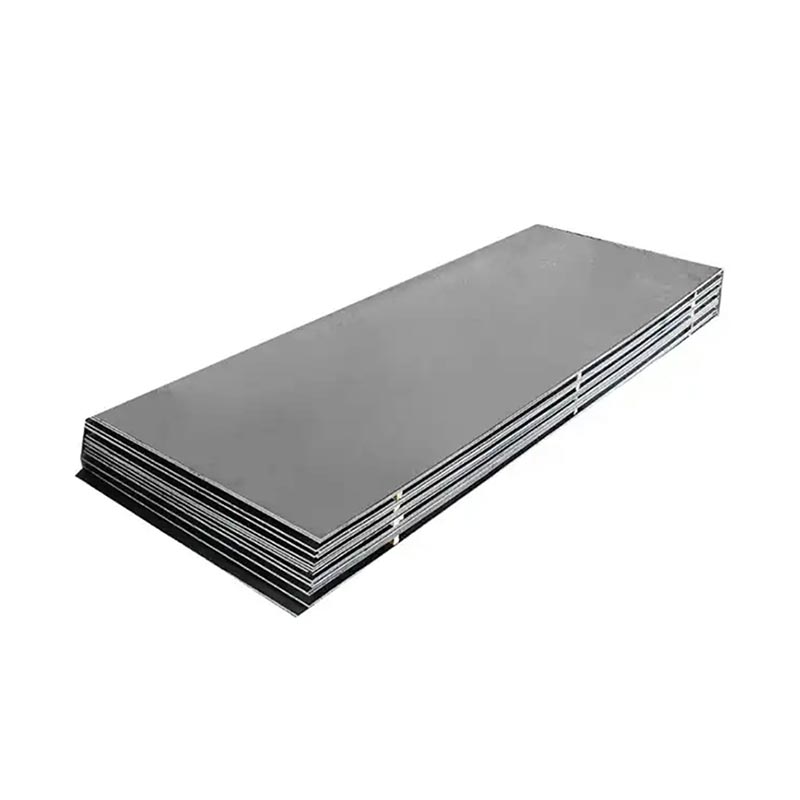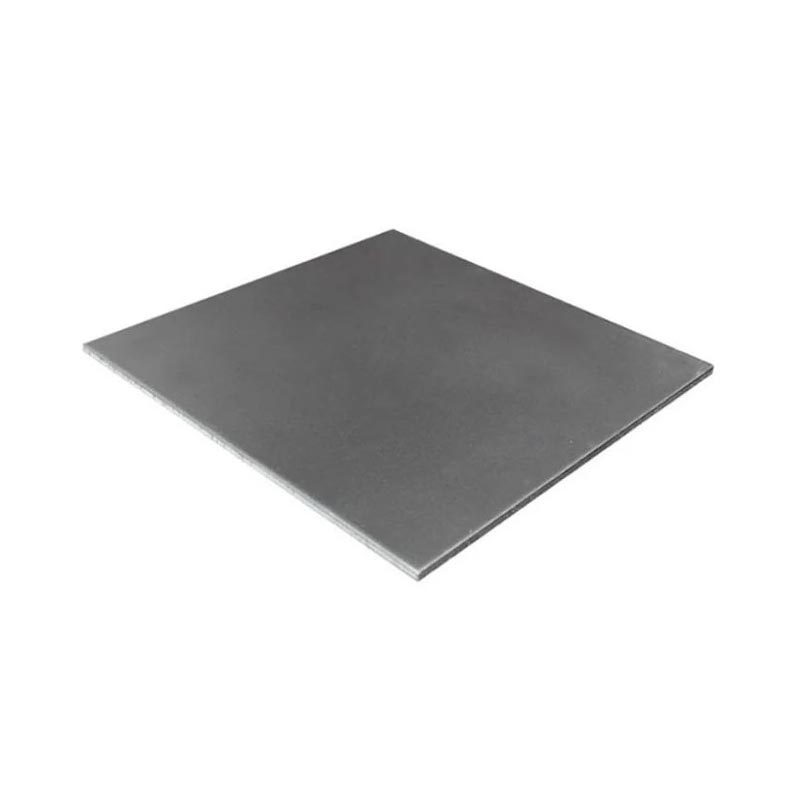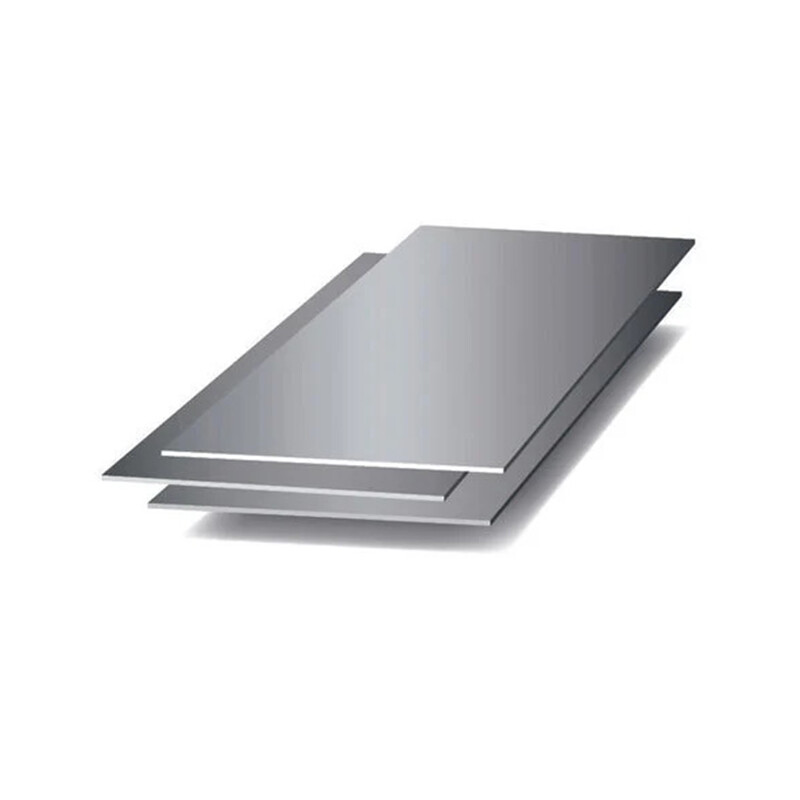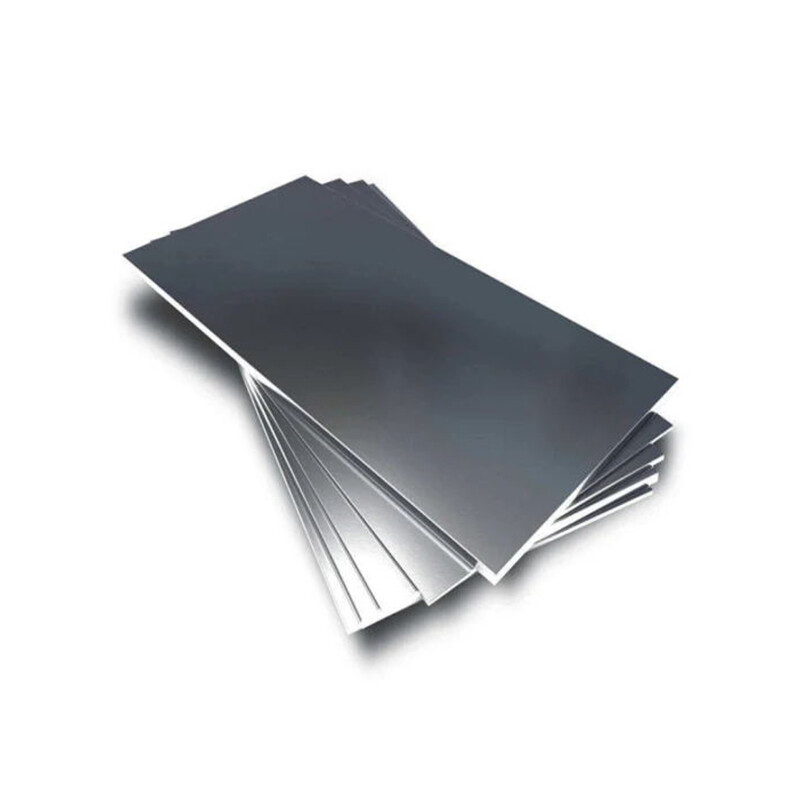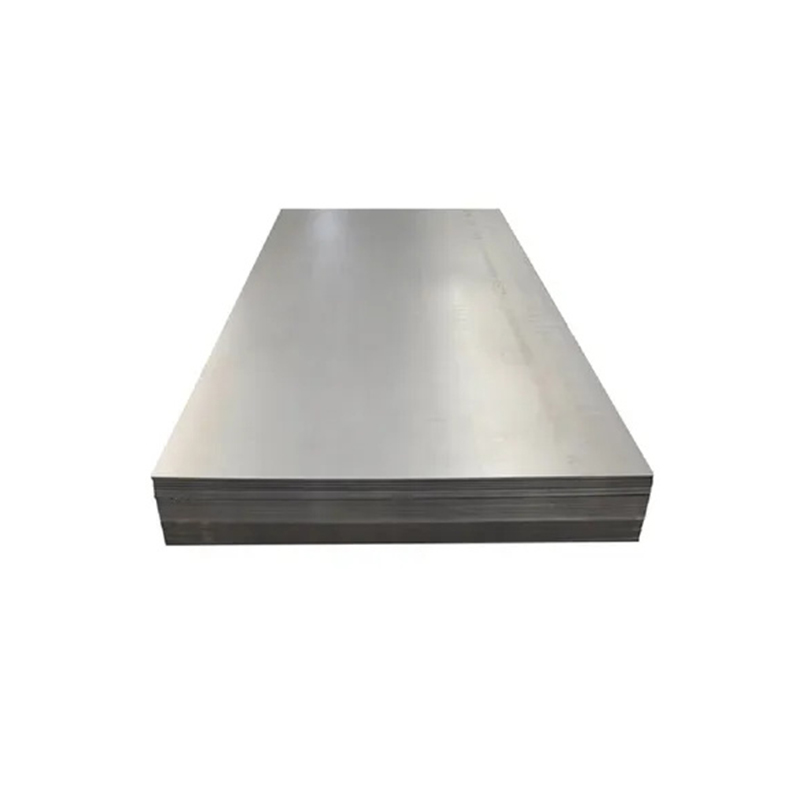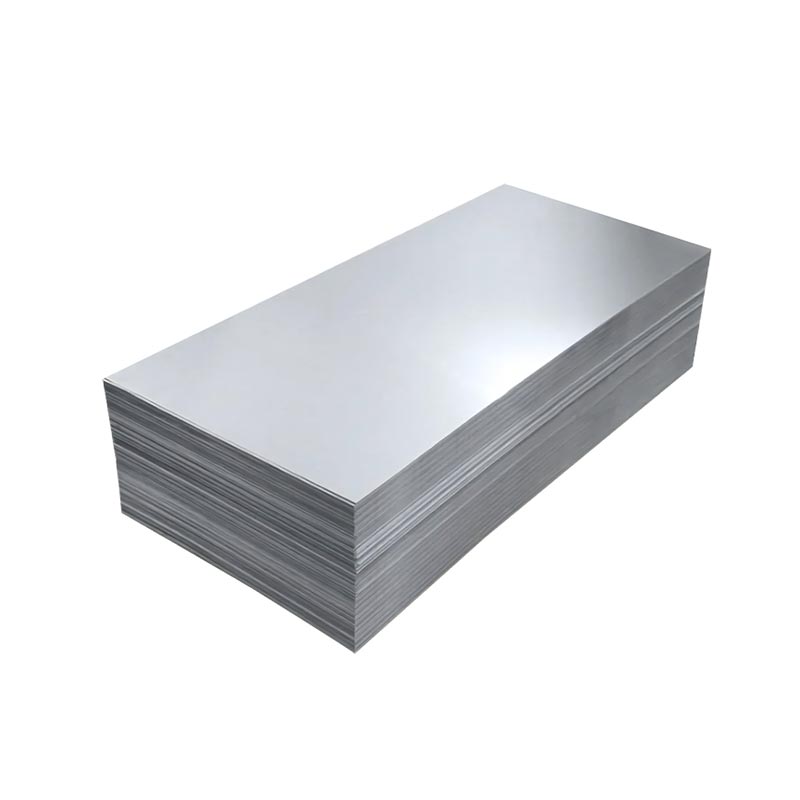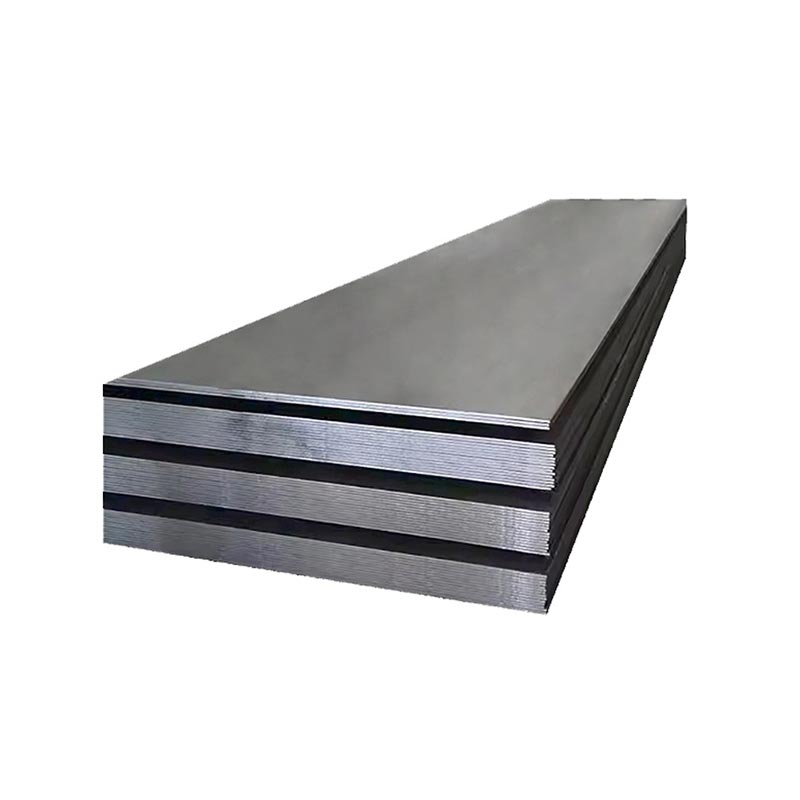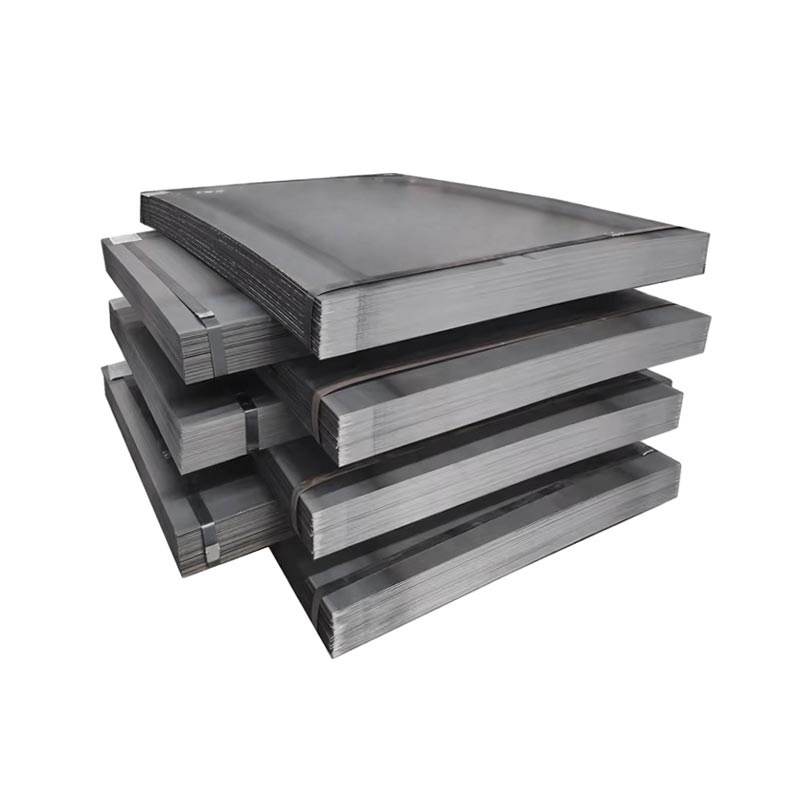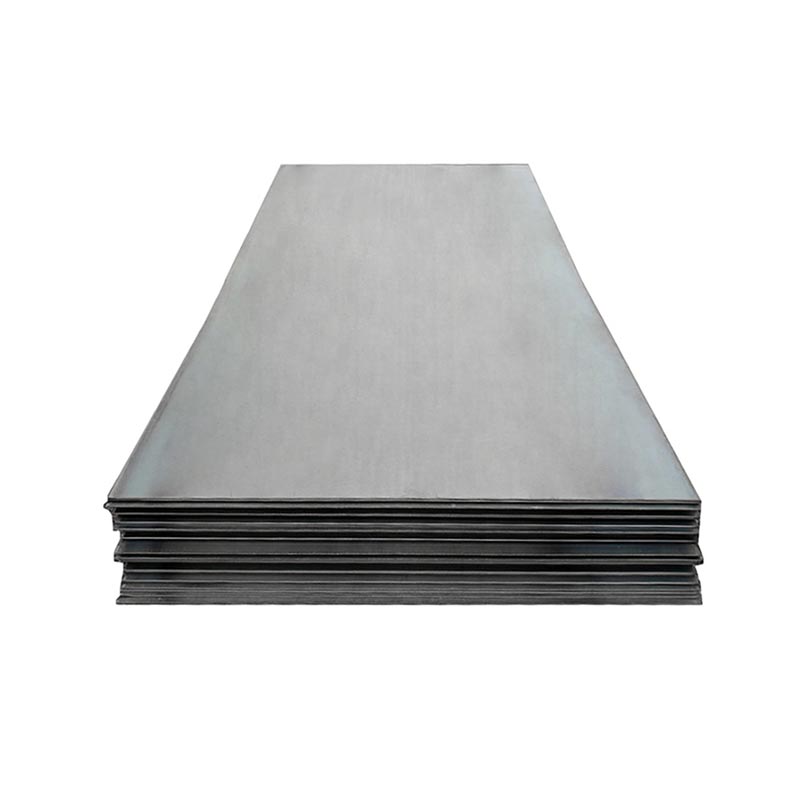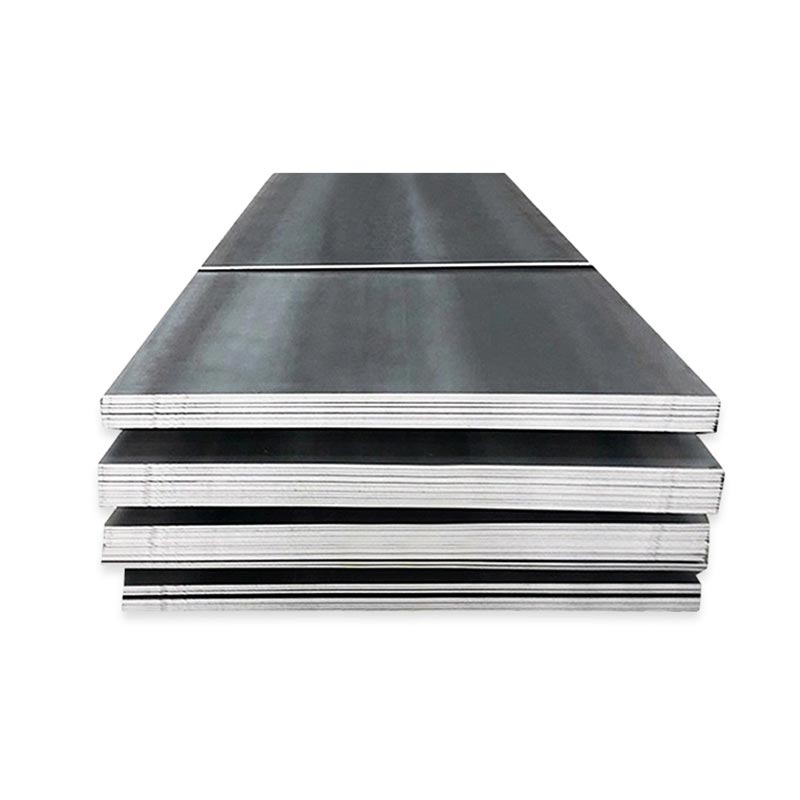Carbon Steel Coil
● A carbon steel coil is a continuous, rolled sheet of carbon steel (iron-carbon alloy) wound into a coil shape. Classified by carbon content (low, medium, high), it balances formability, strength, and cost.
● Low-carbon coils (e.g., A36) offer ductility and weldability, ideal for automotive parts or construction. Medium-carbon variants provide higher strength, used in machinery. High-carbon types are hard but less flexible, suited for tools.
● Available in various thicknesses and widths, these coils are unrolled for cutting, stamping, or forming. Common in manufacturing, construction, and metalworking, they serve as raw material for pipes, panels, and structural components.
View Video
ST37/ST12/ST14/ST52 Carbon Steel Coil
ST37, ST12, ST14, ST52 are DIN standard carbon steel coils with distinct properties. ST37 is low-strength (tensile ~370 MPa), used for general structures. ST12, a cold-rolled grade, offers high ductility for forming, ideal for simple parts. ST14, also cold-rolled, has better drawability, suited for complex shapes. ST52 is high-strength (yield ≥355 MPa), for heavy-duty applications like machinery. All have good weldability; ST52 adds alloying elements for enhanced strength, while ST12/14 prioritize formability.
Get A Quick Quote!
You Can Leave Us A Message
or Send Us An Email!
Product Details
Product Parameters
Packaging and Transportation
Related Products
Leave Us Message
Please give us a message
What are you lookking for?

